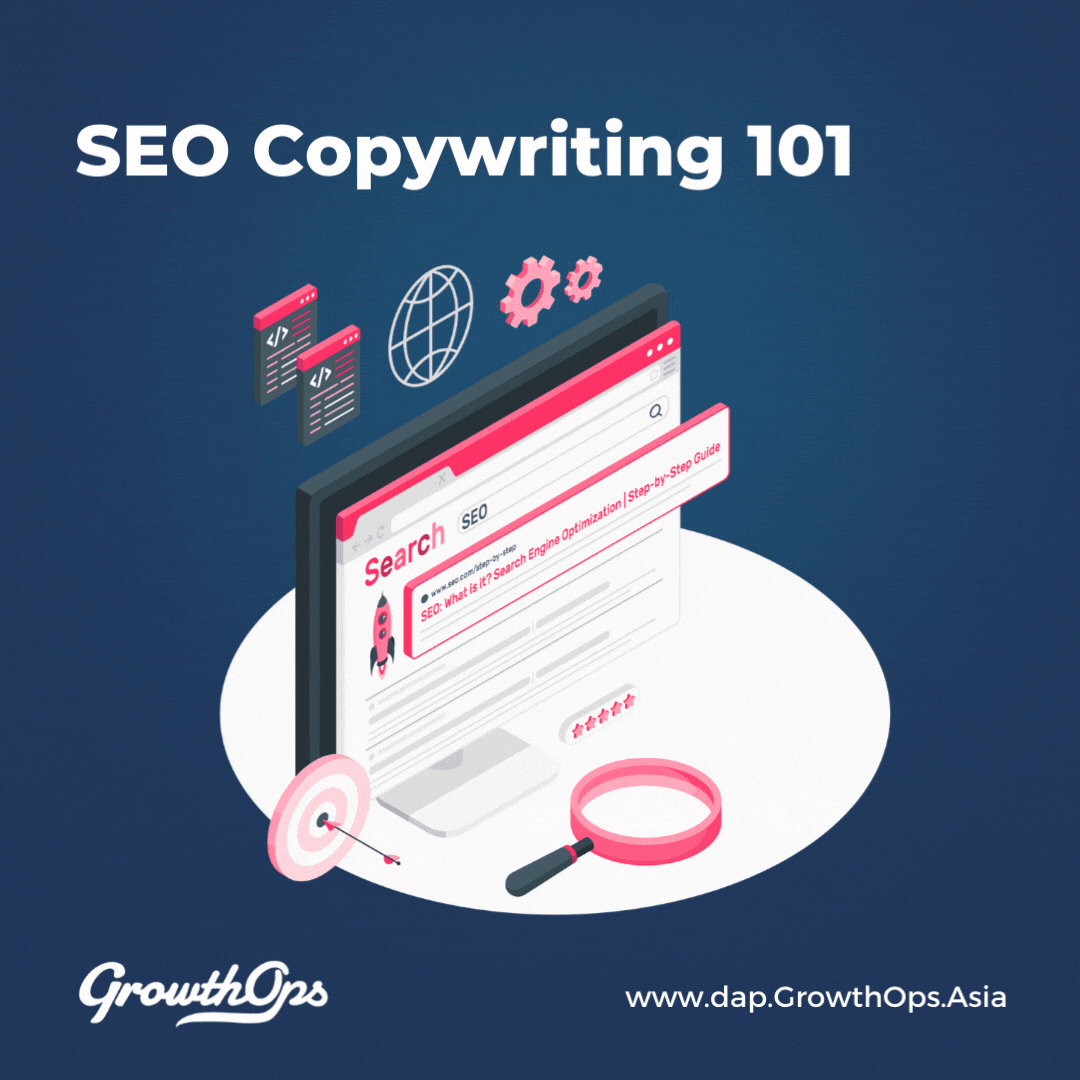
It’s a fundamental part of website content, but what is SEO copywriting? How does it differ from copywriting as you may know it? This article will act as an SEO Copywriting guide, to give insight into a vital part of SEO and digital marketing.
What is it?
Like all forms of copywriting, SEO copywriting must entice users to take action. The key difference however, is the inclusion of researched keywords and phrases in the copy. Three main pillars of SEO copywriting are:
Include high-ranking keywords and phrases Words your target audience types into a search box to find the information they want.
Keywords then help content rank higher in search results Such as Google, Bing, etc.
Which in turn drives qualified traffic Desired target audience.
SEO copywriters write meta titles and descriptions and website content. They must be able to write short, sharp headings and titles, but also be able to write longer-form content like this article.
Best Practices
Be Direct SEO copywriting is about being as efficient and effective as possible. The goal of SEO content is for it to be recognised by Google as the best available and for it to rank as high as possible. Creating direct, relevant and engaging content is the first step to ensuring this happens.
Maintain Tone of Voice There is a risk of copy being written in a robotic and unnatural tone when trying to include researched keywords, so it is vital the right balance is struck between including keywords targeted to an audience and maintaining a natural tone of voice.
Keyword Intent
Much like all areas of marketing, keyword intent is about being a step ahead of the user. The more an SEO copywriter understands the intent behind the keyword and search, the better a keyword can be used in the copy. There are three types of keyword intent according to wordstream.com:
Informational User wants to learn more about something, like a topic, product, or industry. Example: “history of halloween”
Navigational User wants to visit a specific website or web page. Example: “1800 halloween”
Commercial User wants to buy a product or service. Example: “buy halloween costumes”
Google rewards those who match keyword intent to the content they are producing, so this is a vital component.
Meta Title & Description Optimisation Meta title and description optimisation is a delicate skill that requires written content to include researched keywords in fewer characters. For meta titles, there should be no less than 40 characters and no more than 65 characters. For meta descriptions, there should be no less than 135 characters and no more than 155 characters.
Poor: Excessive use of the keyword ‘SEO copywriting’ Acceptable: Less use of keyword ‘SEO copywriting’ Avoid Keyword Stuffing Keyword stuffing is the process of over-including researched keywords in the copy, in the hope it will improve the Google ranking. Keyword stuffing makes the content read poorly and decreases the quality of the copy. Google and other search engines are also smart enough to know when keyword stuffing is taking place.
So, there you have it. Our basic guide to SEO copywriting and how we at GrowthOps approach the skill. SEO is an essential part of a high-quality website and adopting a few of these tricks will go a long way to ensuring your website performs strongly.
By Stewart Marshall, Digital Executive at GrowthOps
